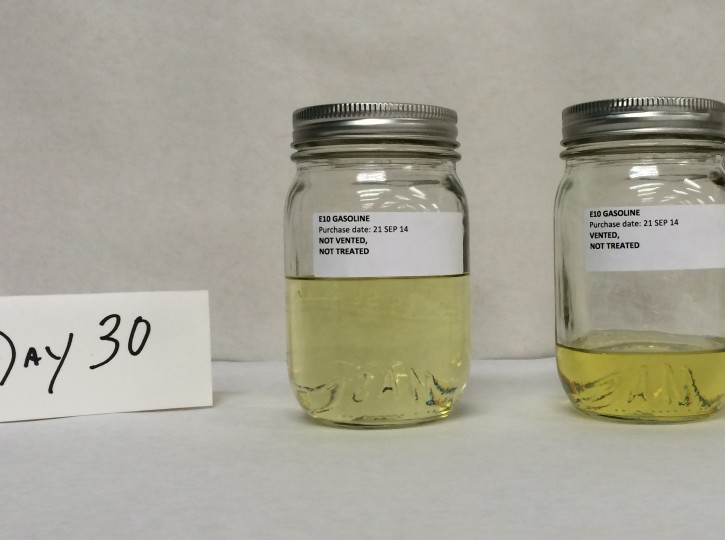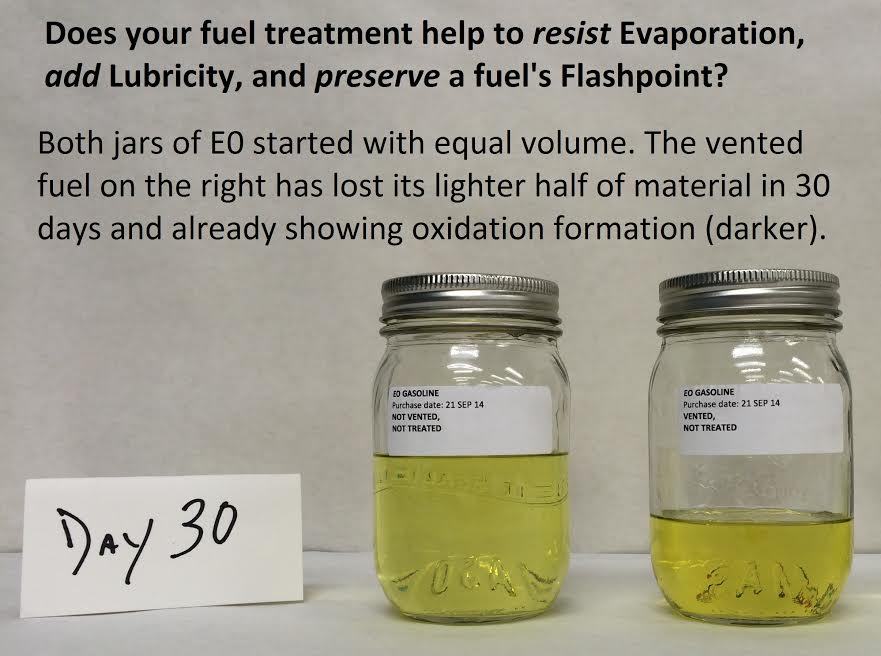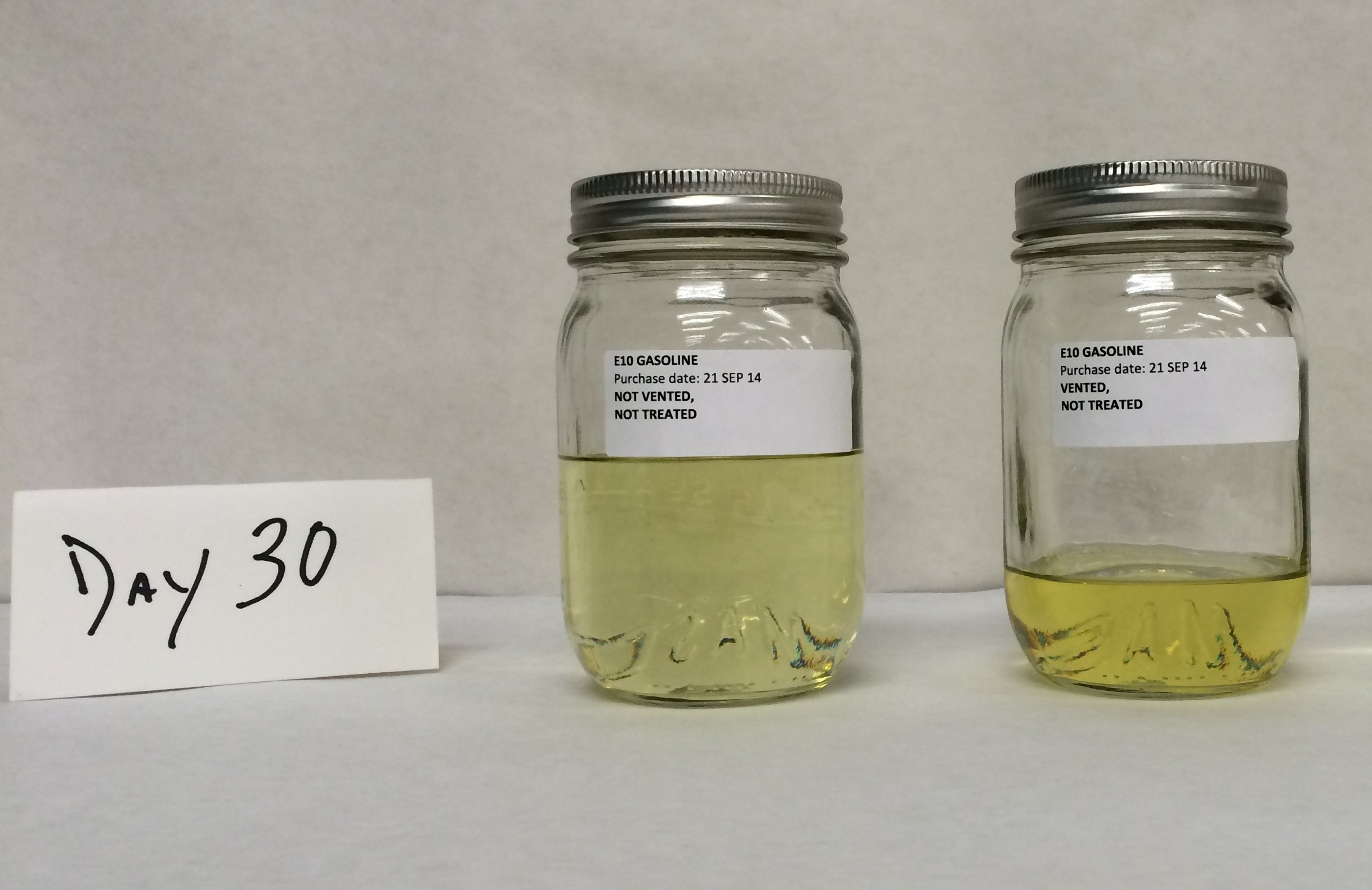Insights into Preventative Maintenance from a Recovering Procrastinator
I can’t think of an article I would want to write less than some general purpose “how to winterize your (insert name of auger, snowmobile or lawnmower here)” piece intended to dispense non-specific mechanical wisdom in 300 – 500 carefully chosen words. Lube this, change that, check this for wear…
So let me assure you, this article isn’t that.
And I won’t be sharing precautionary tales of fishing trips gone bad due to augers that wouldn’t start or long walks owed to a snowmobile that would only run in reverse and then only at 3 mph or less. Yes, that one actually happened to me and the issue was almost certainly caused by 2 year old fuel that had achieved the consistency of corn syrup. How we thought that batch of petroleum gone bad would simply “work its way through the system” is beyond me. Live and learn I guess.
And I have lived and learned, albeit painfully slowly at times. For a good chunk of my life I’ve had a “roll the dice and take my chances” approach to preventative maintenance. And there were times I got away with it too. But those times were more the exception than the rule. It goes without saying, I’ve learned a few painful lessons about the saying, “an ounce of prevention is worth a pound of cure.” When I was a kid, that was something my grandmother said right before I did something shortsighted. Of course now that I’m officially a recovering procrastinator I’ve accepted as truth the point my grandmother was trying to make all those years ago. A little effort now (the ounce) will ward off troubles that will require a lot more effort (the pound) to solve down the road.
My reason for writing this article is fairly straightforward. We all know that we should be winterizing, or summerizing depending on the situation, our equipment powered by internal combustion engines. Yet many don’t and we hear the same tales of woe season after season. “My (insert brand here) auger ran perfect when I put it away last spring and now I can’t get it to start and when it does it bogs down as soon as I touch the throttle.” Sound familiar? What changed over the summer? If that auger ran fine late winter it stands to reason that it should run just like you left it. After all, none of the carb settings changed themselves while in storage.
But something did change. The fuel, over the course of the summer, changed dramatically. Most people know that fuel will break down over time if left untreated but most have no idea how quickly this takes place and how significantly the quality of the fuel is degraded.
The Test:
In this first photo we have two mason jars filled with the same amount of fuel in each jar which will be monitored for 30 days. In this case the fuel is “E0” meaning it contains no ethanol.
The first jar is “not vented” to show the original amount of fuel added to each jar. With no way for any of the fuel to evaporate the amount of fuel in this jar will not change over time.
The second jar is “vented – not treated.”
What you’ll notice with a quick glance is that the second jar which was “vented – not treated” has lost nearly 50% of its volume in 30 days. 30 DAYS! I for one had no idea this type of loss could take place so quickly and it puts in perspective the changes the fuel in my auger or other winter-use equipment is going through when stored from April to October each summer.
One thing worth pointing out, most popular fuel stabilizers do nothing whatsoever to resist fuel evaporation or preserve ignition vapors. In fact, most of them cause fuel to be less volatile as soon as you add the treatment. If you use the wrong stabilizer this only compounds the problem.
Another thing you’ll notice after a closer inspection is the discoloration of the fuel in the second jar. This color change occurred as the lighter, more volatile compounds in the fuel evaporated off and oxidation of the remaining fuel started to take place. With 50% of the fuel volume now gone and the most volatile compounds missing, the ones that are most likely to ignite, tell me again why that auger won’t start even though it was working great when you used it at the end of last winter?
In this next photo we see the same test run using E10 fuel – that’s 10% Ethanol added to the gasoline.
As in the first test, the first jar is “not vented” to show the original amount of fuel added to each jar. With no way for any of the fuel to evaporate the amount of fuel in this jar will not change over time.
The second jar is “vented – not treated.”
The loss of fuel to evaporation is even more pronounced in this test than it was in the test on the E0 fuel!
So this brings me to that “ounce of prevention” I mentioned early on in this article. In this instance that would be 1 ounce of Seafoam per gallon of gasoline. I’ve been using this stabilizer since I started down the path as a recovering procrastinator and it has never failed me. If you take anything from this article I hope as a reader you walk away with an understanding of the importance of winterizing your equipment and the role a good fuel stabilizer plays in the process. For those that want additional in-depth information on other fuel related issues and how to avoid them I’ve included additional information below.
Start Fresh
Protecting your engine equipment starts with protecting your gasoline, gasoline-ethanol blends, diesel or biodiesel blends. Regardless of fuel type, replenishing your engine’s fuel system frequently with the newest and freshest fuel is the best prevention against problems. By allowing unprotected fuel to age in our tanks and fuel systems, we increase the vulnerabilities to Oxidation, Evaporation, Corrosion, and Water Contamination.
THE FOLLOWING PROVIDES A SIMPLE OVERVIEW OF ALL FOUR CONCERNS:
#1 Fuel Oxidation – Gum and Varnish
Diesel and gasoline fuels are derived from petroleum crude oil. Crude oil is composed of organic hydrocarbons. Oxidation occurs as liquid petroleum hydrocarbons react to oxygen molecules from the surrounding air, progressively forming gum and varnish in fuel systems. Varnish and gum will clog fuel passageways, form sticky deposits in carburetors, carburetor jets and fuel injectors. Unresolved, gum and varnish formation will contribute to long-term poor engine performance or failure.
#2 Fuel Evaporation – Light Ends and Volatility
As time allows for more varnish and gum to form, evaporation is gradually removing the fuel in order of lightest material first. For gasoline engines in particular, the most volatile fuel ends (“light ends”) are necessary for vapor formation during ignition. As light ends evaporate, the less ability the gasoline will have to form vapors and function properly, especially at colder temperatures. Ignition cannot occur without enough flammable vapors to ignite.
#3 Corrosion – Metals, Alloys, Rubber and Plastics
Engine fuel systems are made up of metals, alloys, rubbers, and plastics that are susceptible to various forms of corrosion caused by unprotected fuel, ethanol blends in particular. When allowed enough time and exposure, corrosion will manifest as rust, salt deposits, acid pitting, dissolved resins, dry-rotted hoses, cracked fuel lines and decayed seal components. Though certain fuel ingredients can be mildly corrosive, some will become increasingly acidic or conductive when able to react with air, water, climate and other variables.
Corrosion is costly. Not only will corrosion ruin parts, corrosion particles can pollute the entire fuel system, clogging filters and carburetors, and potentially damaging or ruining the entire engine.
#4 Water in Fuel – Vapor Absorption, Condensation, and Direct Contamination
Water can enter fuel by vapor absorption (drawn from air), by condensation (temperature changes), or by direct contamination (liquid water). Depending on the amount of water and the chemistry of the fuel, water will be present as dissolved water, water suspended in ethanol, or as a separate layer from the petroleum phase.
Overwhelmingly, the most common occurrences of water in fuel enter by vapor absorption or condensation. Direct water contamination that amounts to fuel phase separation is not common or treatable and requires complete removal from the fuel system. In any fuel system, water will contribute to corrosion, combustion inefficiencies, line freezing, and microbial growth.
HOW SEAFOAM MOTOR TREATMENT HELPS TO STABILIZE AND PROTECT FUELS FROM DEGRADING OVER TIME:
Sea Foam Motor Treatment resists fuel evaporation and inhibits gum and varnish formation in conventional gasoline, gas-ethanol blends, diesel and bio-diesel fuel blends.



I see that Strikemaster suggests that you run your auger at least once a month all summer long. I’m sure my neighbors think I’m crazy (or even crazier) but I did that all summer. Last winter I struggled with a poor running auger that ended up needing a carburetor rebuild before it ran right. All that trouble could have been avoided.
Some very good “seeing is believing” info in this article. Good stuff, James. Two points about water contamination that I would add.
To me, a water separator is mandatory equipment on any boat. Any serious saltwater angler/boater has had this on their “don’t leave port without it” list for years, but a lot of freshwater guys are late to the party on this trouble-saving accessory. Some outboards have a combined “filter/separator” but now that water contamination is a much bigger problem, this is one area where I think it’s worth upgrading to industrial-strength protection. Racor is the only brand I’ll use on my boats and for <$200 this is very cheap insurance. There are others out there.
BTW, a water separator is NOT the same as a fuel filter. They can be combined into one unit, but they are not the same thing. Most stand-alone fuel filters will let water pass right through.
The second point I'll add is that no chemical additive can remove water from fuel. Once water is in there, the ONLY way to remove it is mechanical separation. Don't blame the additive for this law of chemistry, despite what someone has told you, a fuel additive cannot "eat" water.
An on-board water separator can take care of minor condensation issues, but for any large-scale water contamination, the fuel must be removed and "polished" by an industrial separation process before it can be used.
Grouse
Great read! I have as many others with fuel separation. Especially after ethanol and oxygenated fuels were put into the market. What I have found is a couple of simple things after a lot of trial and error with my own equipment. 1st use non oxygenated fuel. Period. Non oxy or off road fuel is going to last in storage twice as long. Any pump gas in mn that is street legal is a minimum 10% ethanol now. That alone will double the separation in the fuel if allowed to breath in a non sealed container. Ethanol is also highly corrosive in any amount to any fuel system that is not treated for it. Most small gas or off road use items are not treated for ethanol. 10% isn’t that high but non the less is still present. Now that and being oxygenated which makes for a cleaner burning fuel and lowers emissions also evaporates much faster. Off road fuel does not contain either.
2nd when not being used I drain the fuel out of item. Then I run any fuel out of carb remaining . If the carb has a bowl drain I drain it out.
3rd I fog system with fogging oil. Run engine on it for 10-15 seconds spraying into air box with filter removed at mouth of carb. Then after engine is run give another blast in to carb to coat inside. I also pull spark plug and spray some into cylinder and give a couple light pulls to coat cylinder wall. This will eliminate rust from forming from humidity. Put plug back in and your done. I do this on my auger which is a strike master strike lite and has never given me a problem. Also do this on my boat,atv,snow blower etc.
I’m looking for some advice here… open to any and all exceptions.
I use non-oxygenated gas in my lawn mower. Filled up to the top 5 weeks ago knowing I had at least one more grass cutting round and a couple leave grinding rounds left before winterizing.
Long story short, a wrist injury and now surgery prevented me from using the mower again since filling it to the top with the non oxy gas. What should I do now to help ensure it runs next spring?
…sorry “suggestions” not exceptions (see part about wrist injury
Drain it and put it into your car or truck or just run it out completely.